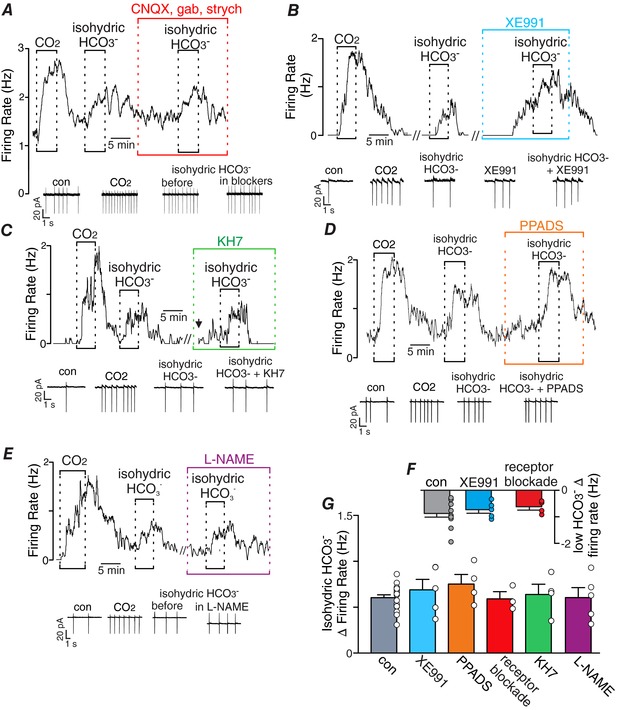Figure 2. HCO3 − directly modulates activity of RTN neurons.

A–E, traces of firing rate and segments of holding current from chemosensitive RTN neurons show that exposure to isohydric HCO3 − (10% CO2/52 mM HCO3 −) stimulated neural activity under control conditions and after 10 min of incubation in a transmitter receptor blocker cocktail containing CNQX (10 μM), gabazine (10 μM) and strychnine (2 μM) (A), KCNQ channels were blocked with XE991 (10 μM) (B), sAC activity was inhibited with KH7 (10 μM) (C), purinergic receptors were blocked with PPADS (5 μM) (D), and when nitric oxide synthase was inhibited with l‐NAME (1 mM). F, summary data show that exposure to HCO3 −‐free Hepes buffer inhibited activity under control conditions (n = 10), and in XE991 (n = 5) or the blocker cocktail (n = 4). G, summary data plotted as isohydric HCO3 −‐induced change in activity under control conditions (n = 13) and in the presence of XE991 (n = 5), PPADS (n = 4), blocker cocktail (n = 3), KH7 (n = 4), or l‐NAME (n = 5). //, a 10–20 min break in the recording. ↓, injection of a positive DC current to adjust baseline activity to near control levels. One‐way ANOVA (F 5,33 = 0.5909, P > 0.05). [Color figure can be viewed at http://wileyonlinelibrary.com]
